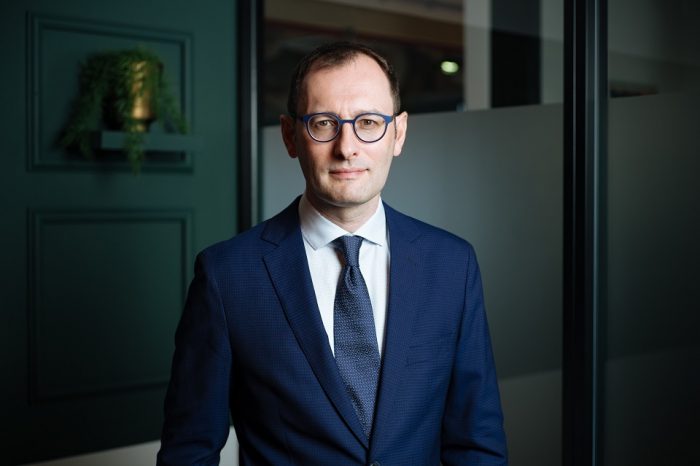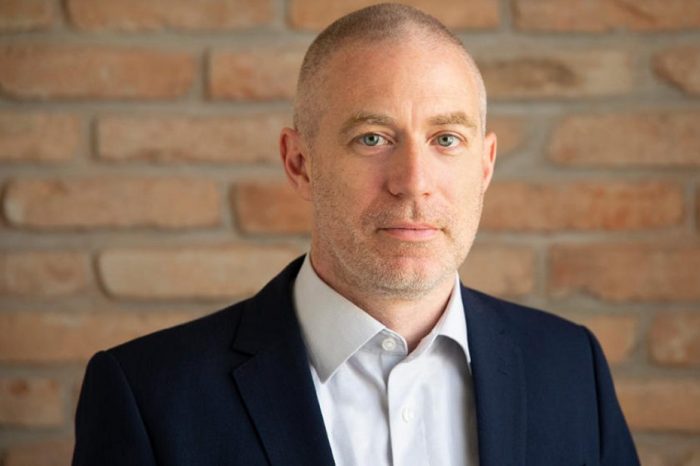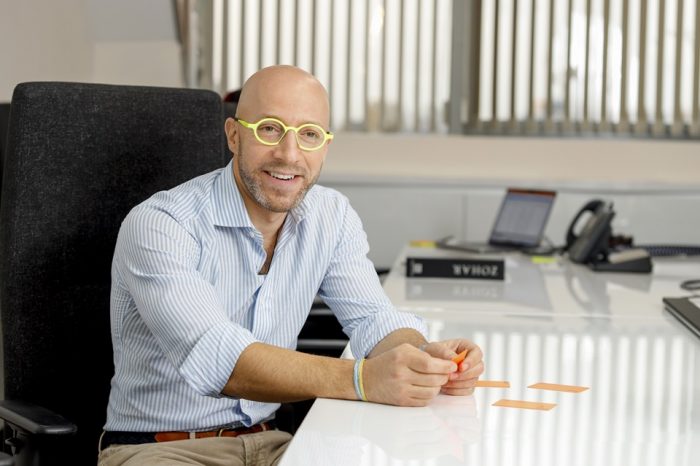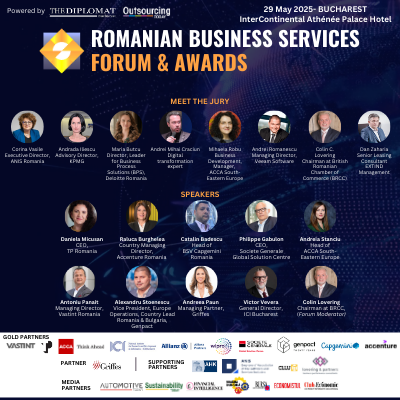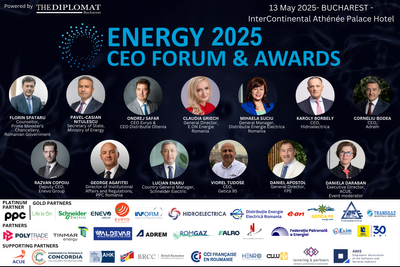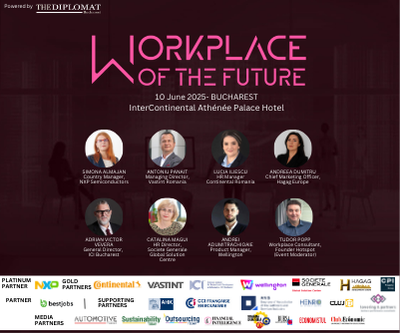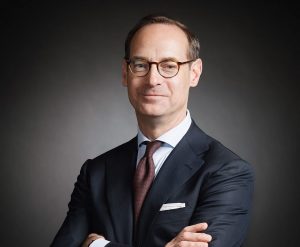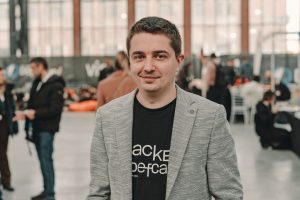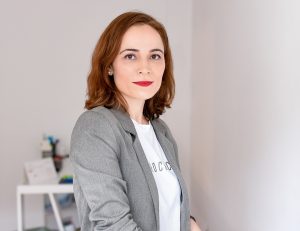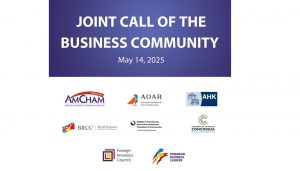Andreea Paun, Griffes: “Most of the customers are looking now to readapt the office spaces so that they can foster collaboration”
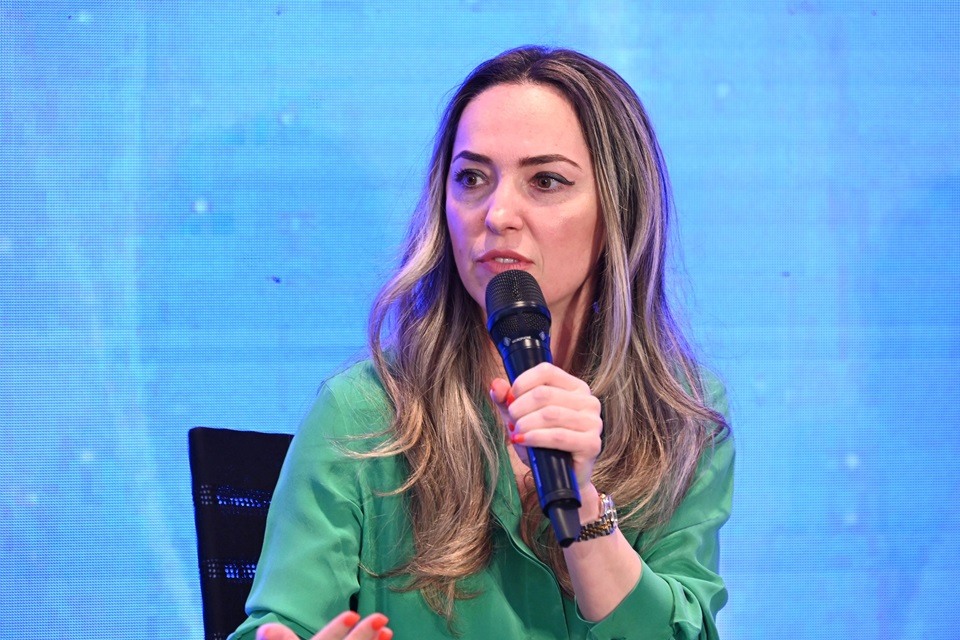
“We are a participant in the market and I’m grateful for that and I can feel it first row. At the same time, it is a very tough challenge because the dynamic is huge. I used to be very careful in the last two, three years not to mention pandemics, conflict, war, or Ukraine.
And I never said that in an interview or in a written piece that I issued or in any sort of report that our company has produced, not because it was already too much, not because I didn’t have the knowledge or the position, the authority to speak about it, but simply because I wanted to avoid it. There was nothing new in it.
Of course, we had to fight those challenges and the office dynamics, and the environment were critical to that, or at least we felt it as if the office environment felt it very, very dramatically. So, it was severely impacted.
And indeed, what we did over the last years, just to give you a summary, we did a lot of rescaling. And the size matters, as always. But the size really changed. So, all the dimensions changed. We’re not operating now with two dimensions, with square meters, number of people, headcount,” Andreea Paun, Managing Partner, Griffes said at Romanian Business Services Forum organized by Outsourcing Today and The Diplomat-Bucharest.
“Everybody knows our brokerage conversation, which is not something to be very proud of, but this is what we used to speak about. Many, many square meters for many employees. And this is how we qualified our clients or the sizes or the needs of a company. Well, that’s long dead. It’s not there anymore. What we speak now is how we engage people to come to office.
What can a building offer to us, or how it can prevent us from building a new environment? How can we integrate the new recruits? How can we do induction when they’re online? Nobody has ever met them.
They have not seen the leaders. And they’re very, very sensitive. The millennials are not just the generation we used to have.
We look at metrics now from a totally different perspective. We look at metrics of engagement and physical presence. It’s a new thing that we use of physical occupancy and utilization of the space and metrics that show how people actually interact with the space and with each other.
A company has conducted a study in the US and European Union, and they measured the behavior of employees coming back to office after 2022. So, it’s quite recent yet not up to date. Apparently 62% of employees in these two major regions have decided and they came back to office. One way or another.
What we’re doing is a lot about reshaping the offices and the buildings. And in offices, most of the customers are looking now to readapt the spaces so that they can foster collaboration.
Truly. It’s genuine. It’s not just a word. It’s the death of the open space if we can say it like this. It’s a comeback of the focused work and the activity-based work, which is actually a trend per se.
So, we can see it and we monitor it a lot, especially in the U.S. And usually what’s happening in the U.S. is coming with a delay of six months, one year, a little bit more into Europe.
And it is this great appetite for creating areas for conversation or for meeting with a reason. That’s why you see in the office reshaping or in the redesigning of offices, many new ideas or many new measures that are being taken to change the design or the landscape of the office and encourage people to meet or make it easier for them to meet.
Actually, it’s called this coffee badge that people are wearing. The hybrid work has changed so much the behaviour that they’re not just coming to office to work. They’re just coming to show face and just to have a coffee with a colleague. And to wear the coffee badge.
It’s just that it’s as simple as that. It’s human behaviour. It’s new habits that are being created as we speak. And probably the spaces are really reflecting it. And it is a big disruption. So, this big experiment we have lived through, and I think we’re still ongoing has left some very deep traces.”

